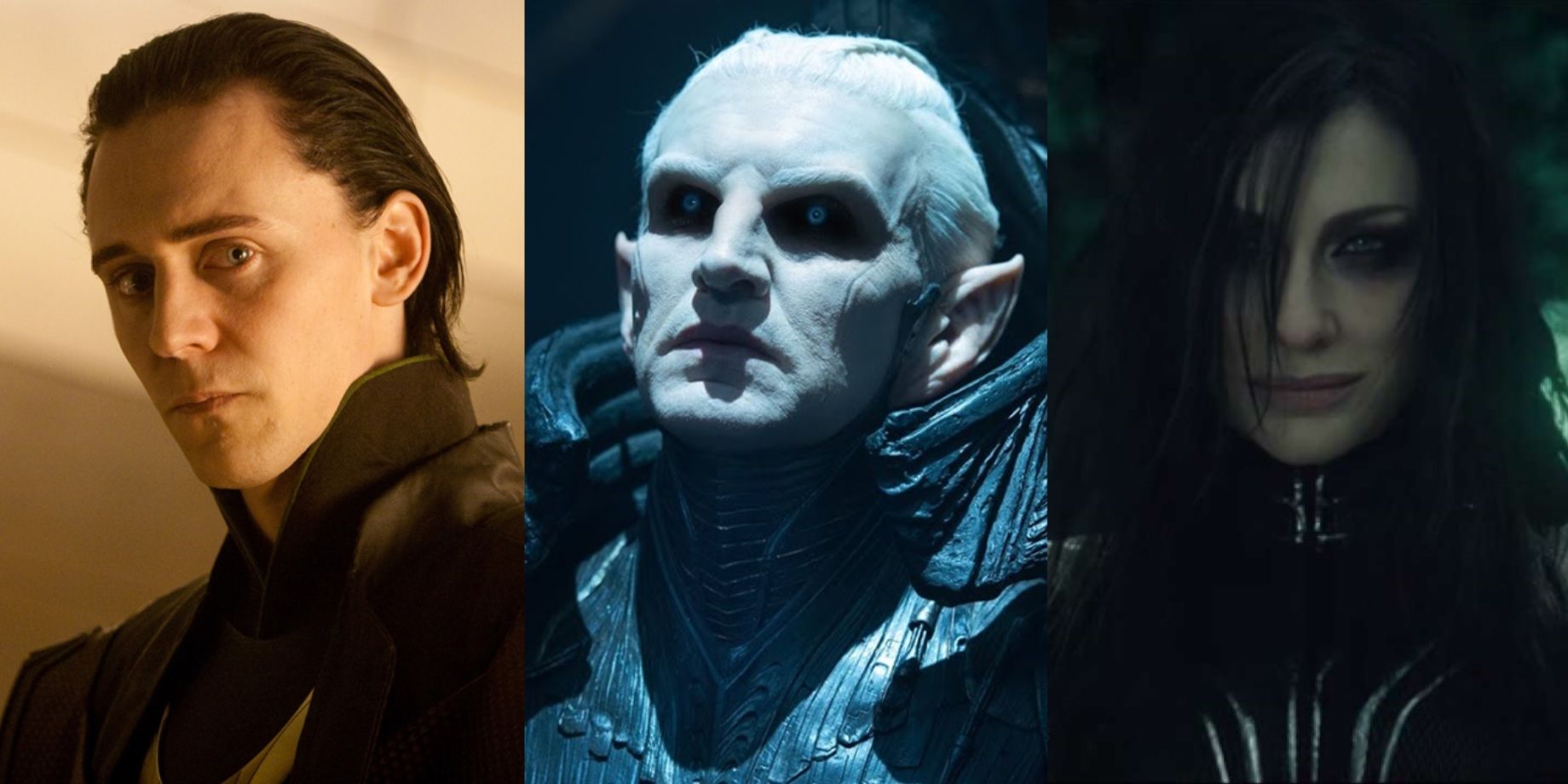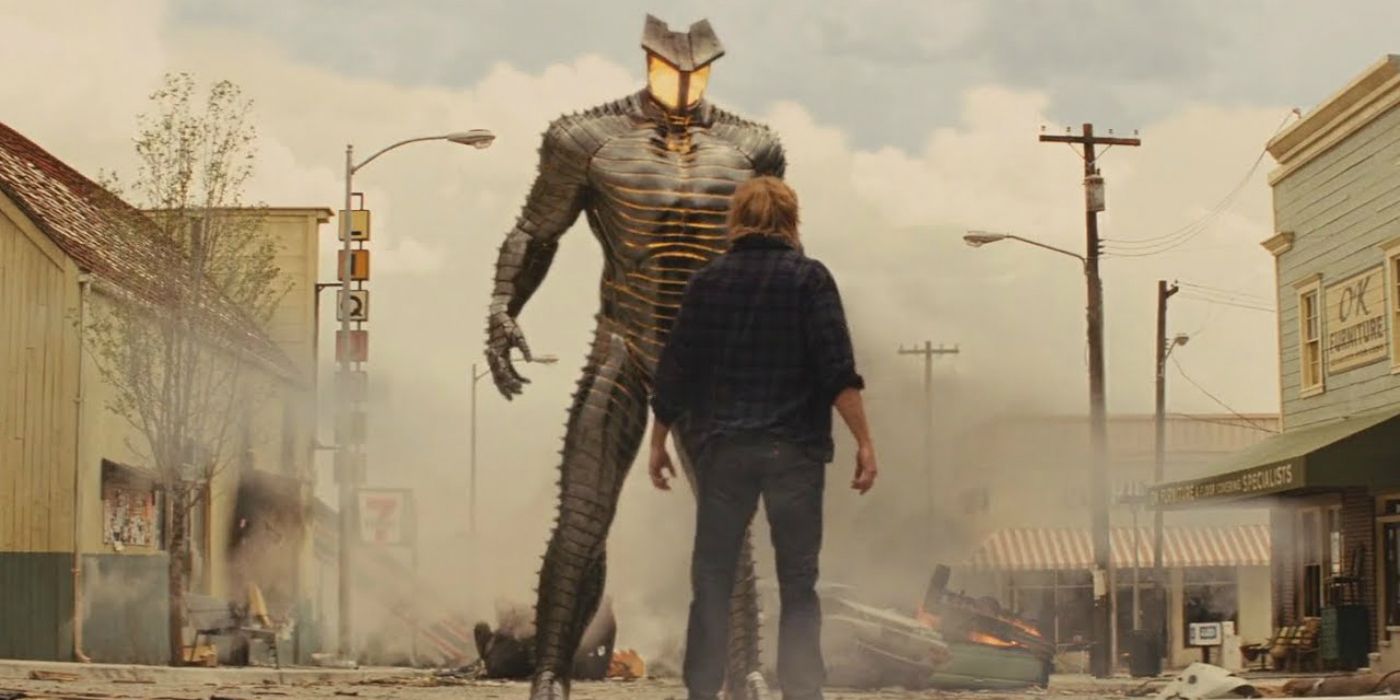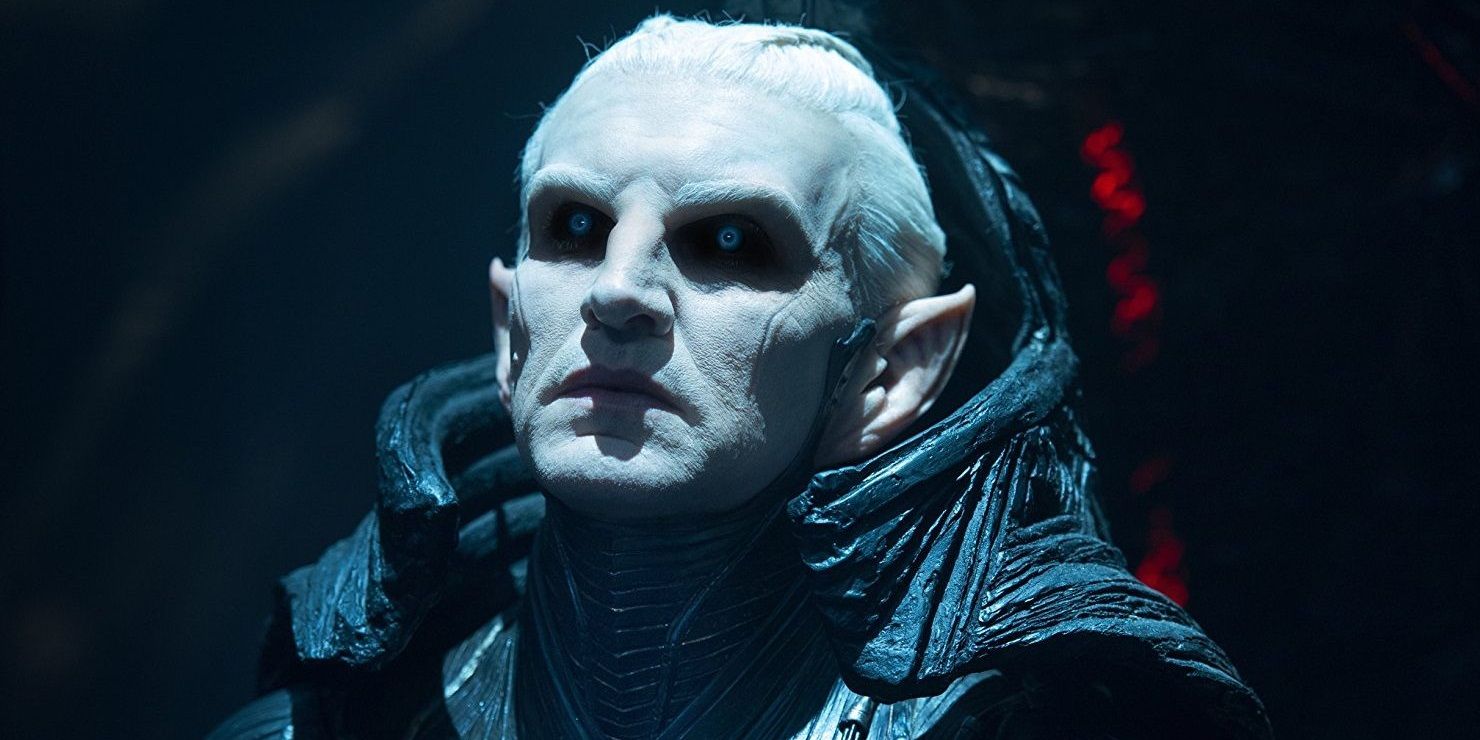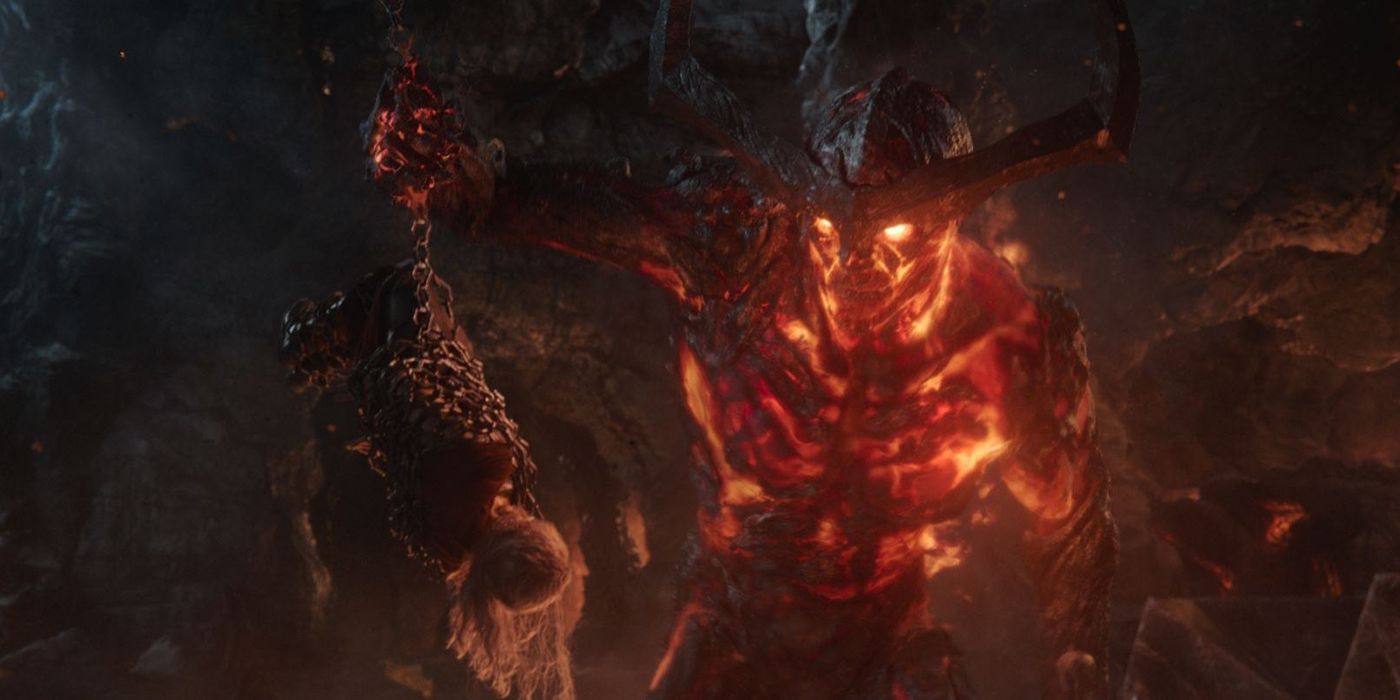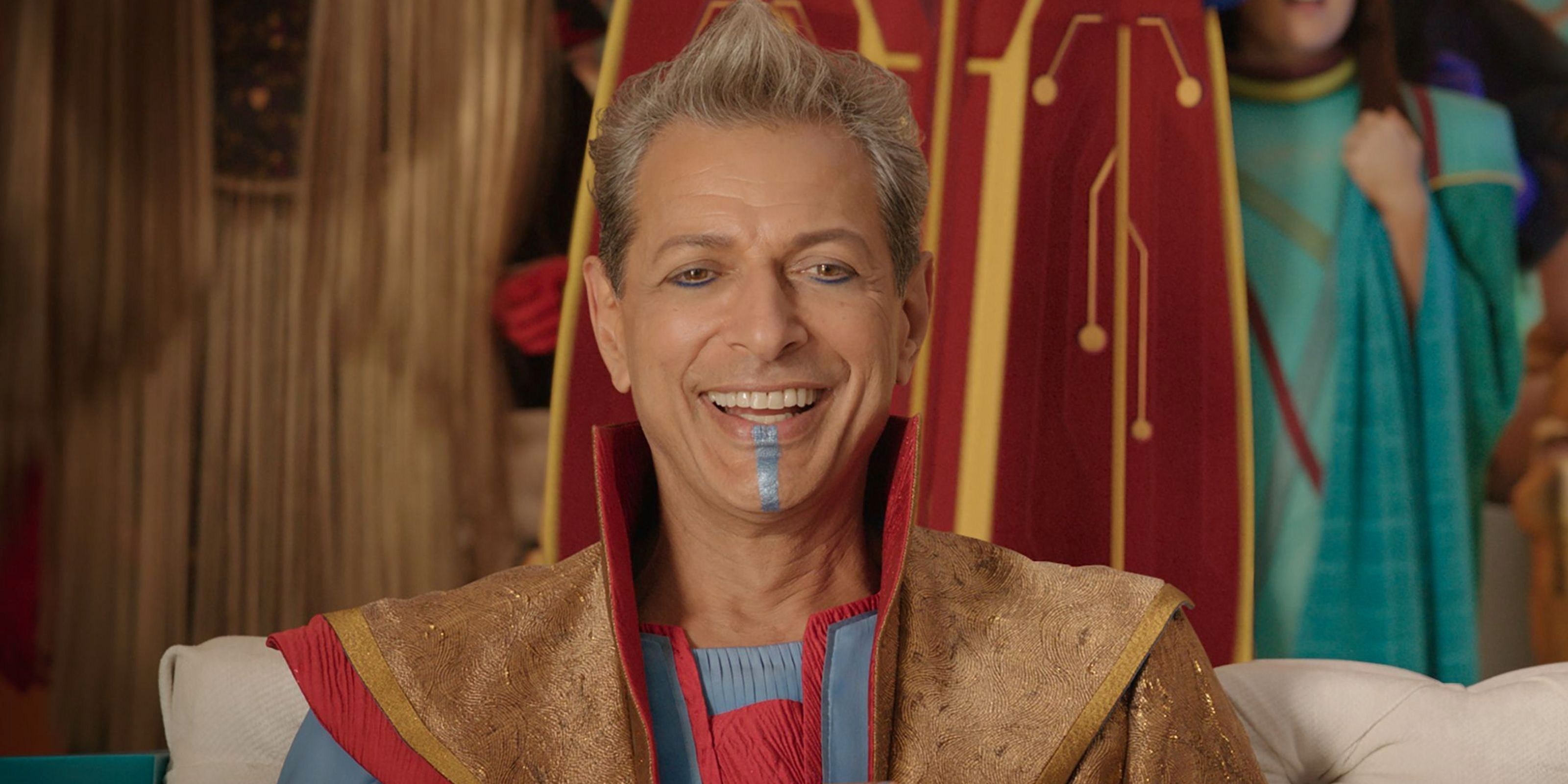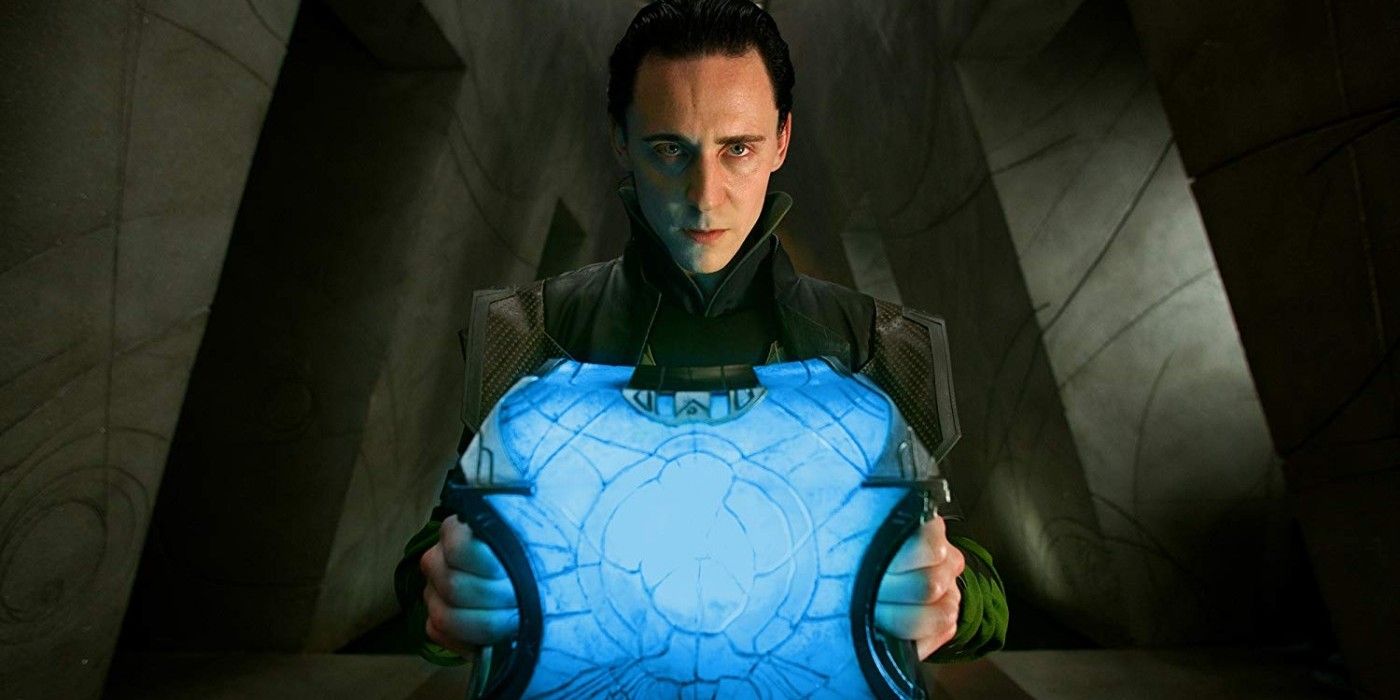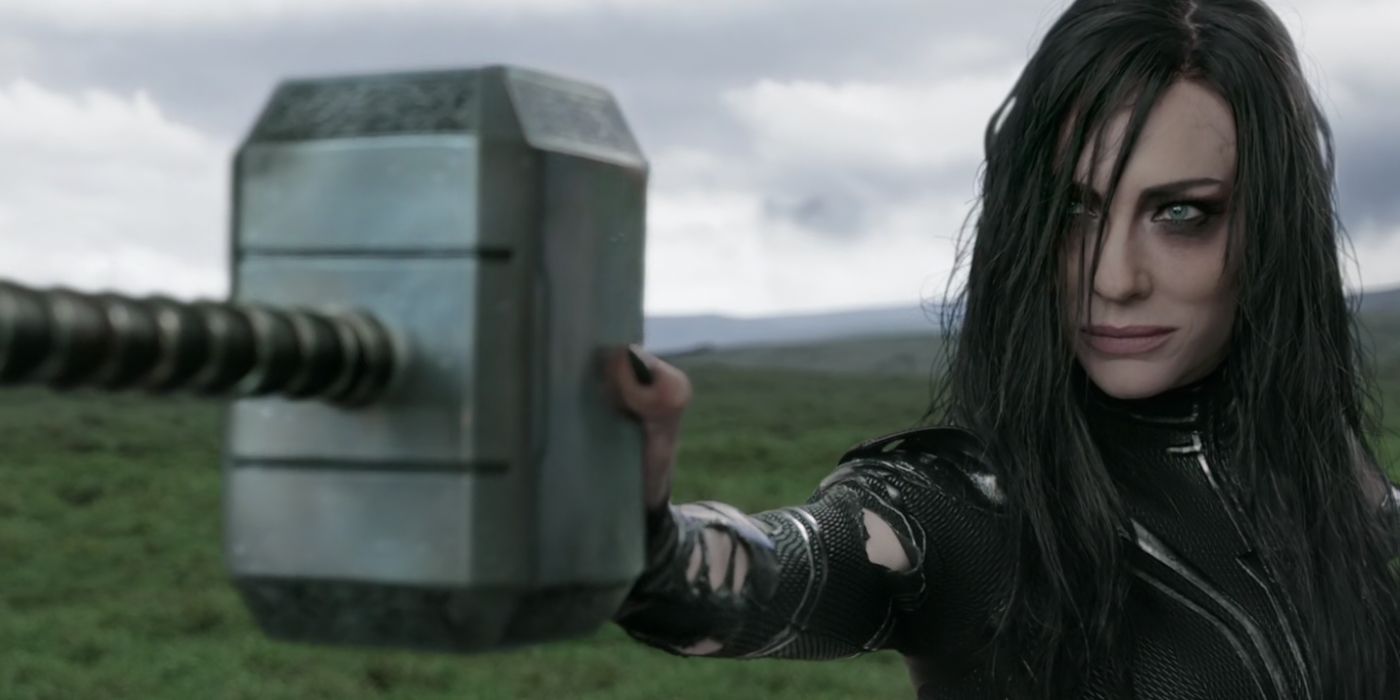Marvel Studios has finally unveiled the first trailer for Taika Waititi’s Thor: Love and Thunder. The highly anticipated teaser revealed a lot about the long-awaited sequel, from the Guardians of the Galaxy’s supporting role to Jane Foster’s new Mighty Thor armor, but the main villain – Christian Bale’s deity-slaying Gorr the God Butcher – is nowhere to be seen. He might appear in a later trailer, or Marvel could be saving the big reveal for the movie itself.
The villains of Thor’s solo films have been a mixed bag. Some of them have been iconic and unforgettable, like Hela and the Grandmaster, while others were generic and one-dimensional, like Malekith and the Destroyer. And then, of course, there’s Loki, who makes the switch from ally to enemy and back (or vice versa) at least once a movie.
The Destroyer
The secondary villain of the first Thor movie, the Destroyer, is a typical CGI menace. It’s a common misconception that the Destroyer is a cyborg; it’s actually an Asgardian suit of armor animated by magic. In the finale of the first Thor movie, it’s sent to Earth to fight Thor. Like most of Marvel’s side villains, the Destroyer is a faceless physical threat that only exists to pad out the climactic action with a big fight scene.
From a design standpoint, the Destroyer looks more like the “Modern Art” statue from The World’s End than a magical Viking robot. The Destroyer fight provides the movie with a warm-up battle before the final showdown on the Rainbow Bridge, but its role as a character is mostly perfunctory.
Malekith
Whenever the MCU is accused of having a “villain problem,” Thor: The Dark World’s main antagonist Malekith the Accused is usually one of the first examples used. The leader of the Dark Elves, Malekith is a classic example of a one-dimensional Marvel villain.
Malekith speaks exclusively in diabolical soundbites that outline his vaguely defined plan. He’s barely rounded out as a character and feels like more of an afterthought in the script. This one-note role seriously squandered the ample acting talents of Christopher Eccleston.
Surtur
Based on the mythological being Surtr with an extra vowel added to his name, Surtur is the third most significant villain in Thor: Ragnarok. Usually, the MCU’s third-tier antagonists are entirely forgettable – and Surtur is nowhere near as memorable as his more personality-driven cohorts, Hela and the Grandmaster – but this fire beast is a much more interesting character than he has any right to be. He’s voiced by Clancy Brown, best known as the voice of Mr. Krabs.
Like the Destroyer, Surtur’s role in the story is purely as a physical threat. Surtur might not be as memorable as the movie’s other two villains, who have much bigger, zanier personalities, but he’s still a lot of fun. Some of Ragnarok’s funniest moments involve Surtur, including the opening joke: “Thor, son of Odin.” “Surtur, son of... a b***h, you’re still alive!”
The Grandmaster
Jeff Goldblum gives a typically eccentric performance as the Grandmaster, the ruler of Sakaar, in Thor: Ragnarok. The Grandmaster forces his slaves (or “prisoners with jobs,” as he prefers to call them) to fight each other in gladiatorial combat. He’s a remorselessly evil character, but he’s impossible to hate because Goldblum is so charming and dryly hilarious.
Mercifully, Waititi forwent a comics-accurate blue-skinned portrayal of the Grandmaster to avoid burying Goldblum’s expressive face under prosthetics and makeup. The Grandmaster doesn’t pose the same physical, thematic, or existential threat as Hela, but he steals every scene he’s in.
Loki
Unlike its sequel, the first Thor movie avoids the MCU’s usual “villain problem” by forging a tangible relationship between the hero and villain. Loki is the resentful adopted brother of the heir to the throne of Asgard. Where Thor needs to overcome his arrogance, Loki needs to overcome his jealousy and bitterness (it ended up taking him a few movies).
Kenneth Branagh, Hollywood’s go-to filmmaker for mainstream Shakespeare adaptations, brings real Shakespearean weight to the brothers’ tragic love/hate relationship. Most Marvel movie villains only stick around for one movie, but Tom Hiddleston played Loki with enough depth and charisma that the trickster god became as popular among fans as any of the more morally driven superheroes. A decade later, he’s still a prominent figure in the MCU with his own hit streaming show.
Hela
Unless Gorr the God Butcher manages to top her in Love and Thunder, Hela is easily the greatest villain in the Thor franchise. Thor’s long-lost older sister, the goddess of death, has the eccentric personality of the Grandmaster with the familial connection and existential menace of Loki. When Odin passes away, he confesses that he locked Hela away and that his death will unleash her. Suffice to say, it’s a lot for Thor to take in.
Hela symbolizes all the conflict in Thor’s life: his complicated family history, his struggles as a king, the connection between his powers and his homeworld – she threatens everything that matters to the God of Thunder (or “God of Hammers”). Cate Blanchett gives a delightfully hammed-up villain performance, evoking the mustache-twirling baddies of classic Disney cartoons.

